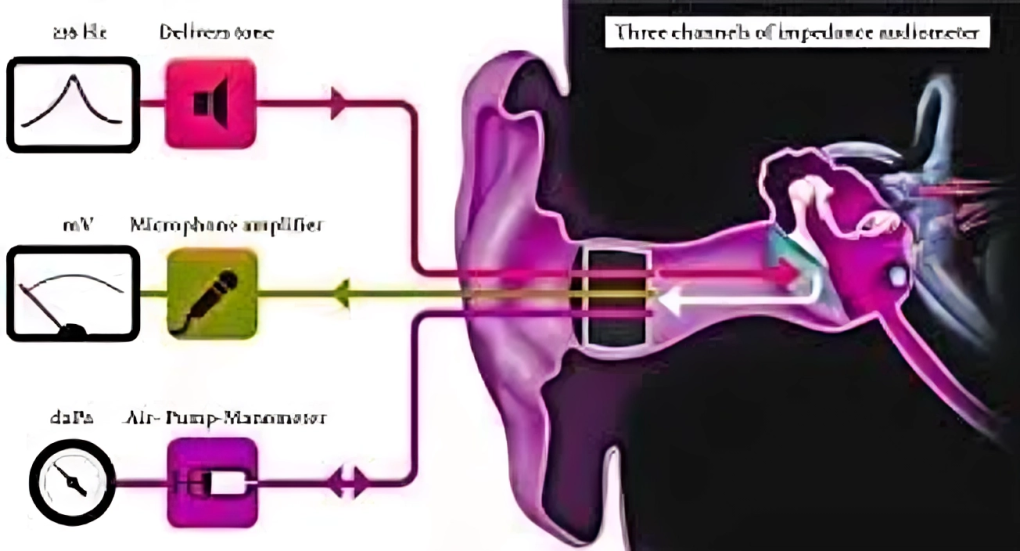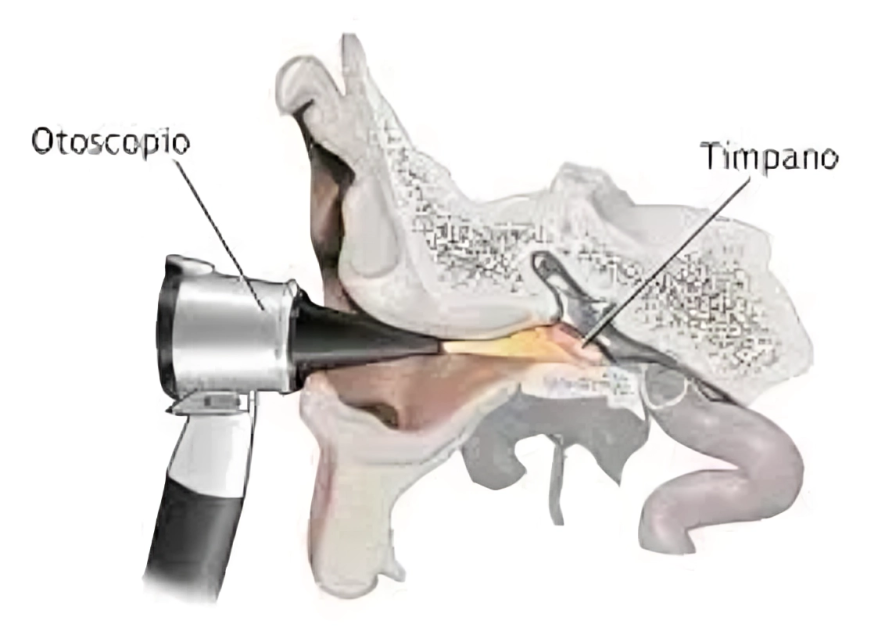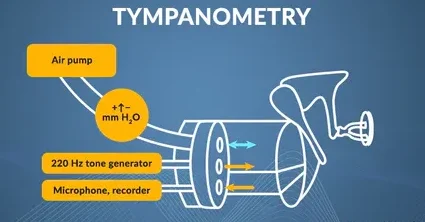
Ever wondered how our ears work and what happens when they have problems? Tympanometry is a special test in audiology that helps check how the middle part of the ear is functioning. In this article, we will look closely at how tympanometry works, its different uses, and answer common questions to give you a clear understanding of this important ear test.
Tympanometry, also called as acoustic immittance testing, is a simple, non-invasive test that measures how the eardrum (tympanic membrane) moves when air pressure changes. It gives important information about how flexible the middle ear system is, which includes the eardrum, the tiny bones in the middle ear (ossicles), and the air-filled space behind the eardrum called the middle ear cavity. By checking how the middle ear works, tympanometry can help identify conditions such as middle ear infections (otitis media), problems with the eustachian tube, and other issues that affect how sound travels from the outer ear to the inner ear.
Tympanometry is performed using a small handheld device called a tympanometer, which produces a pure tone and measures the sound that bounces back from the eardrum. The test is quick, painless, and usually done by a trained audiologist or healthcare professional, taking only a few minutes.
During the procedure, a soft probe is gently placed in the ear canal. The patient may be asked to hold their nose and swallow or yawn to open the eustachian tube and balance the pressure in the middle ear. The tympanometer then changes the air pressure in the ear canal while measuring the reflected sound, and the results are displayed on a graph called a tympanogram.
The tympanogram shows how the eardrum moves at different pressure levels. A normal graph usually has a peak in the middle, indicating that the eardrum is flexible at that pressure. Abnormal results may show reduced movement, indicating stiffness, or a flat line, suggesting the eardrum is not moving at all. These patterns help doctors understand how the middle ear is working and assist in diagnosing various middle ear conditions.




Tympanometry is used in many areas of audiology and related healthcare fields. Here are some key ways it is applied:
Diagnosing Middle Ear Problems: Tympanometry is often used to identify middle ear conditions, such as otitis media, a common ear infection in children. It helps determine the presence and severity of fluid in the middle ear and checks how well the eardrum moves, which may be reduced during infections.
Evaluating Eustachian Tube Function: The eustachian tube connects the middle ear to the back of the throat and helps equalize ear pressure. Tympanometry measures pressure changes in the middle ear during swallowing or yawning to assess how well the eustachian tube opens and closes. This is useful for diagnosing eustachian tube dysfunction, which can cause ear pain, muffled hearing, or repeated infections.
Monitoring Middle Ear During Surgery: Tympanometry can be used before, during, and after tympanoplasty, a surgery to repair a perforated eardrum or reconstruct the small bones of the middle ear. It helps track how well the middle ear is functioning and evaluates the success of the procedure.
Hearing Loss Screening: Tympanometry can also be used to screen for hearing loss in infants, children, and adults. Abnormal results may point to middle ear problems that could impact hearing and require further testing.
Tracking Treatment Progress: Tympanometry is valuable for monitoring how well treatments for middle ear conditions are working, such as medications for otitis media or the use of ventilation tubes. Follow-up tests provide insight into treatment effectiveness and help guide future care decisions.